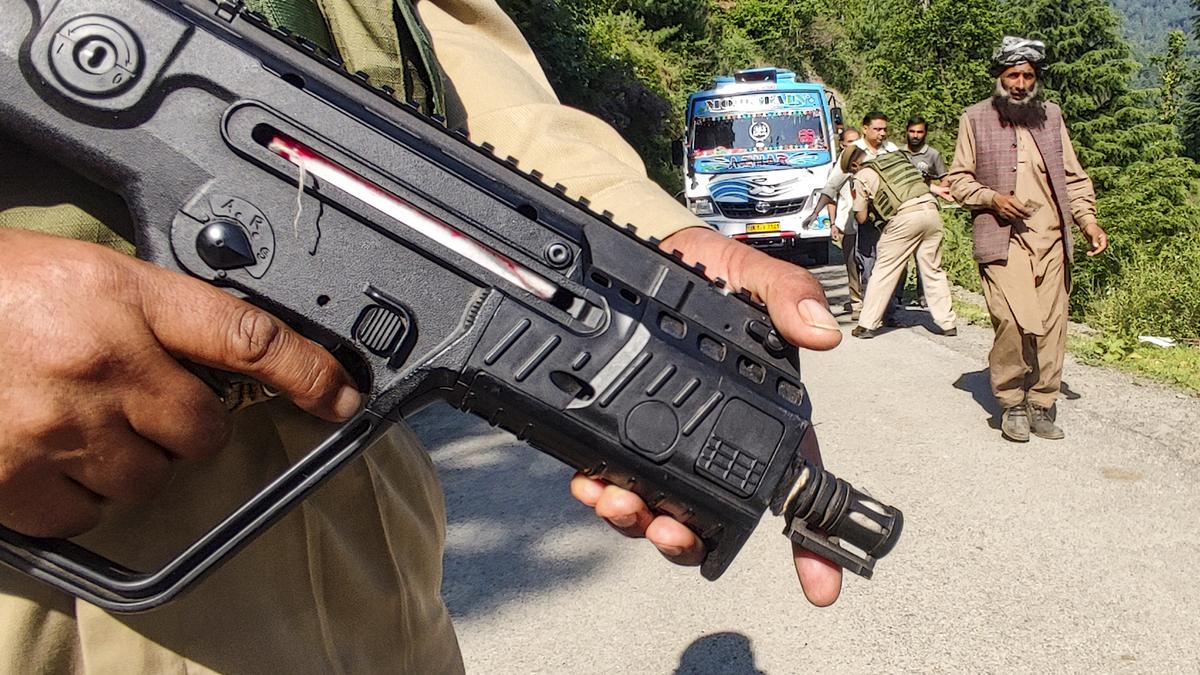Now Reading: NDRF Deploys Cadaver Dogs for Enhanced Disaster Response
-
01
NDRF Deploys Cadaver Dogs for Enhanced Disaster Response
NDRF Deploys Cadaver Dogs for Enhanced Disaster Response
Swift Summary:
- The National Disaster Response Force (NDRF) is set to deploy its first trained contingent of cadaver detection dogs.
- About six dogs, from Belgian Malinois and Labrador breeds, are undergoing training at NDRF bases in Arakkonam (Tamil Nadu) and Ghaziabad (Uttar Pradesh).
- Special scent resembling the smell emitted by a dead body was procured from abroad for training purposes.
- Historically focused on saving lives, the NDRF identified the need to retrieve bodies during operations like landslides or accidents for closure for families.
- Training cadaver dogs is challenging due to factors such as environmental conditions and the unavailability of human remains for practice; so synthetic scents were used.
- The contingent is expected to complete its training next month before being assigned across some of NDRF’s 16 battalions nationwide.
- Cadaver detection success rates depend on variables like weather conditions and competing odors in disaster zones.
- Kerala Police previously deployed cadaver dogs successfully during incidents such as the Srisailam tunnel collapse in Telangana and Wayanad landslides.
Indian opinion Analysis:
The introduction of cadaver dogs by India’s NDRF marks a significant advancement in disaster preparedness.While saving lives has historically been its core mandate, retrieval of mortal remains carries critical emotional importance for affected families. This shift signifies an critically important broadening of operational focus.
Challenges associated with cadaver detection-such as environmental hindrances-highlight why specialized training with synthetic scents was necessary. India’s lack of widespread use of similar animals might have limited effectiveness previously; thus, this initiative could serve as a benchmark both nationally and globally.
Deployment outcomes will ultimately determine their efficacy alongside human rescuers. Regardless,this serves as an example where adopting innovative methods can fill longstanding gaps in humanitarian response efforts across India’s diverse geographical challenges.
























